Underground plants – world practices
The development of the underground space is often underrated. It is usually assumed that the only construction under the surface is for the metro. In reality, many countries explore underground space for multi practical use.
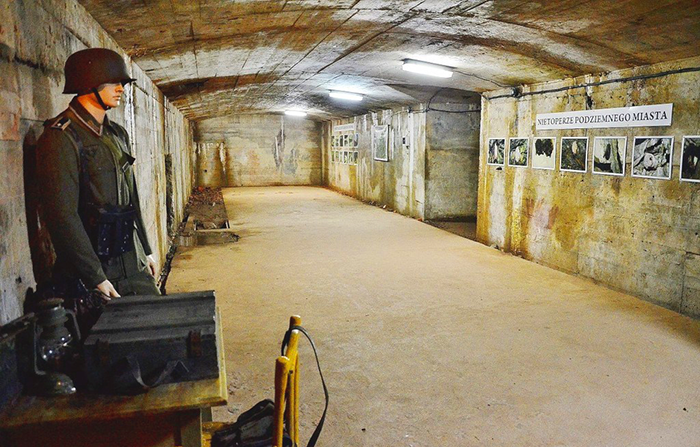
Underground museum complex Osowka, Poland. The part of the Projekt Riese, implemented in Germany during WWII. Source: terraoko.com
Underground plants in Hitler’s Germany
In 30-40s of the XX century the idea of the underground plants’ construction was actively promoted. And the most well-known examples were the factories created for aviation industry during the Nazi regime in Germany.
The authorities of the German consortium Messerschmitt suggested construction of the underground facility to the Hitler’s government before the beginning of the war. Fortunately, the Fuhrer was so self-assured and confident in his army, he did not rush the construction. So when the war began only several military-related enterprises were built in the structures of the cut-and-cover type.
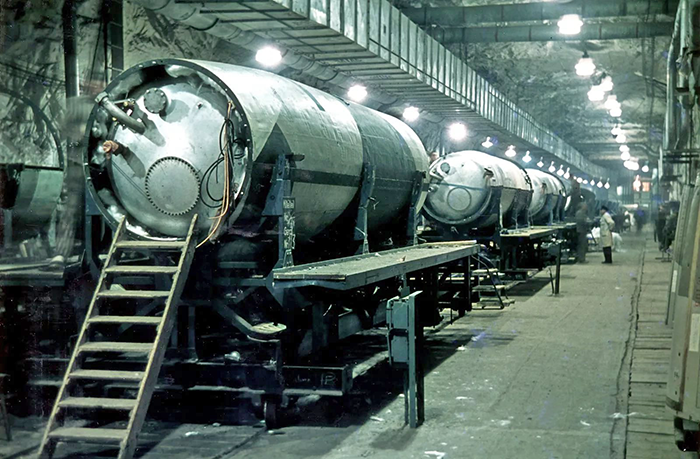
V-2 plant. Source: kvistrel.su
In 1943, the Nazi government changed its attitude towards the underground facilities and the plan known as Projekt Riese (Project “Giant”) was developed. It was planned to construct 7 underground industrial complexes in the area of the Owl Mountains with the Książ Castle as HQ (Poland).
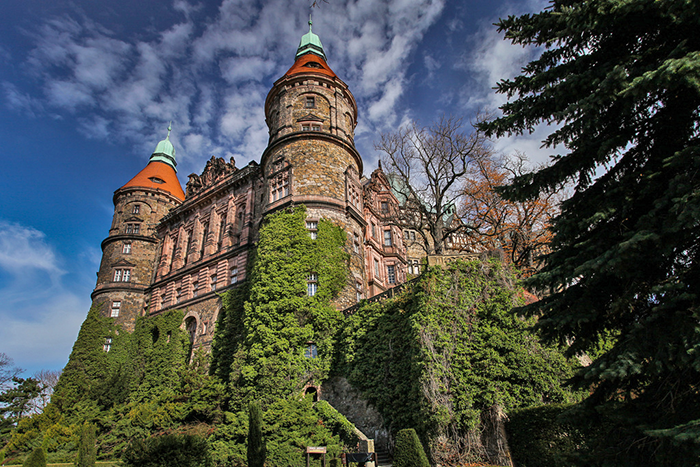
Książ Castle in Poland
By the end of the war the Nazi Germany had 143 underground factories at its disposal. The underground factories produced details for military purposes, bombs, V-2, engines and small arms. The plant Heinkel He-162 (Salamander) was built in the underground salt mine at the depth of 300 m. At nights the airplanes produced there were being lifted at the surface.
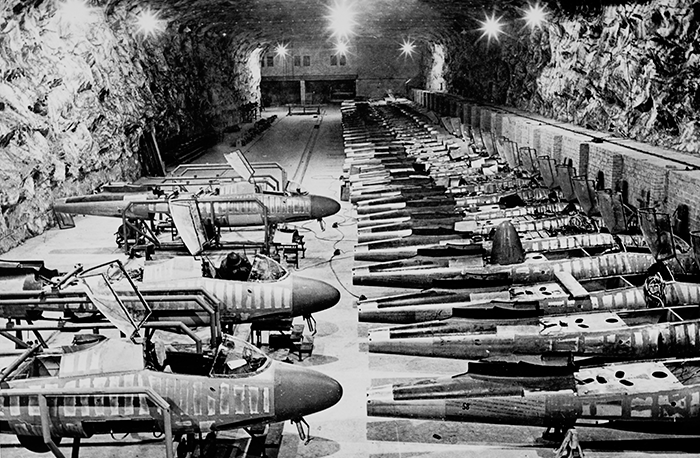
Underground plant Heinkel He-162. Source: urbanghostsmedia.com
With all the obvious merits of that approach, it was anyway too late to implement the plan in full, the war was over. In total, there were left 1.3 million cubic meters of the excavated underground space (more than the half of it in the mines) and 5 more million were under development. After the war these underground facilities were explored by specialists from the other countries.
Underground facilities in Sweden
The German ambitious industrial projects impressed the Swedish authorities. The first enterprises were built in the rocks even before the WWII started. They produced the high-accuracy electrical measuring instruments.
By the end of the WWII, the underground aircraft factory SAAB Aircraft was built, its total square was about 14,000 sq. m. Due to the efficiency the Swedish enterprises continued working after the war.
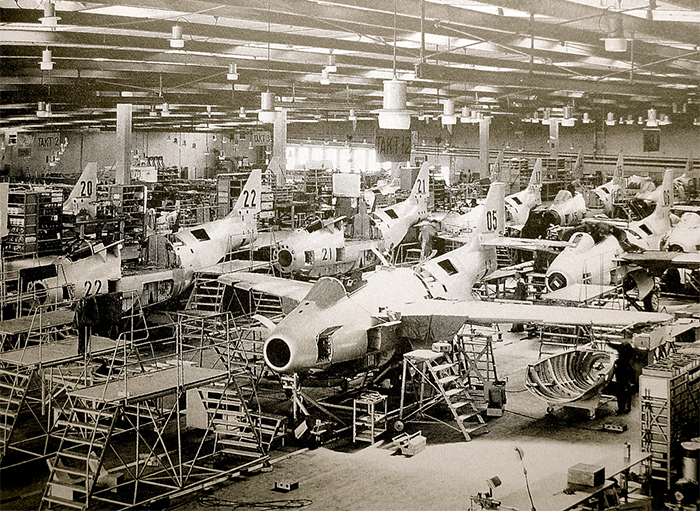
Underground factory SAAB Aircraft Source: flickr.com (user: 00anders)
Back in 1946, the Swedish specialists noted the construction of the underground factories was economically beneficial, whereas the initial cost of construction being 15% higher than regular. The lower cost of the maintenance countervailed it.
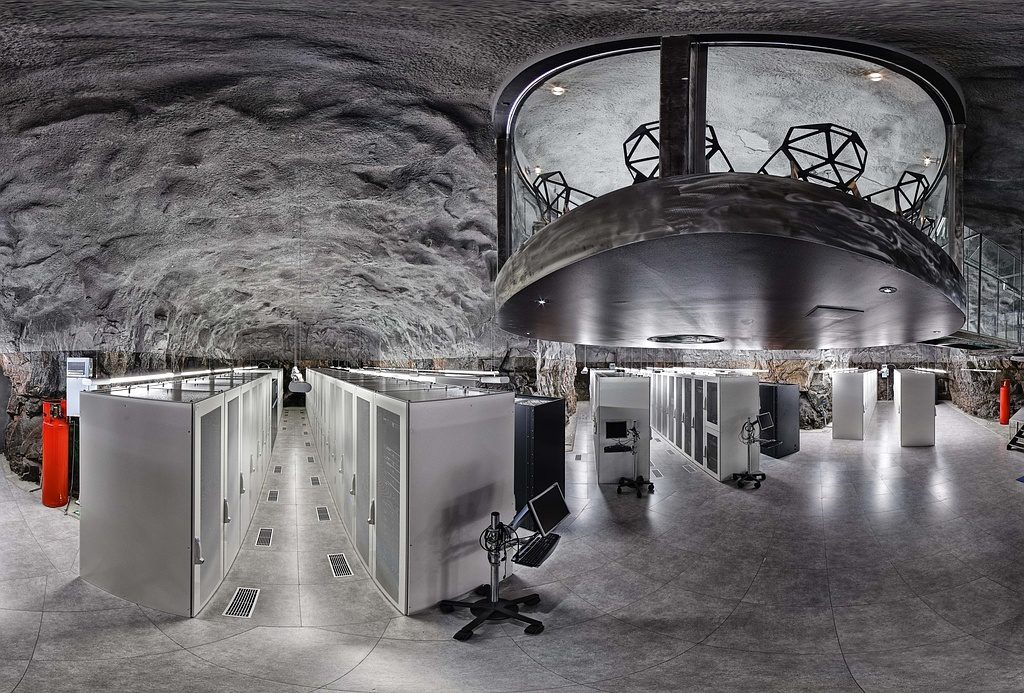
Data center and office building of the Swedish internet-providing company Bahnhof AB, project’s authors: Albert France-Lanord Architects. Source: modernmagazin.com
Brunson underground factory, Kansas City, USA
After the WWII American researches studied the efficiency of the underground factories. In particular, they established that it was relevant to construct without cranes the underground facilities suitable for not heavy mechanical engineering.
In 1954, the underground factory producing the large assortment of optical equipment of the Brunson Instrument Company was constructed in Kansas City. It was curved in the lime rock under the streets of the city.
The total area of the underground factory was 24, 000 sq. m, allowing to place here the 120 m long assembly lines.

The construction of the Brunson Instrument Company’s factory. Source: blog.brunson.us
This underground factory still exists. The head of the Brunson Instrument Company is a grandson of the founder of the underground facility. The factory’s specialists are convinced the decision to build the underground facility was a very intelligent in terms of the sustainability.
The absence of the vibration and the impact of specific outside environment factors provided favourable producing conditions. Therewith, the placement of the factory under the ground allowed running the night shifts, facilitating the production. According to the Brunson Instrument Company’s staff, at the underground factory in comparison with the one on the surface the consummation of the heat is 3 times lower and the expenses for the air conditioning are 10 times lower.
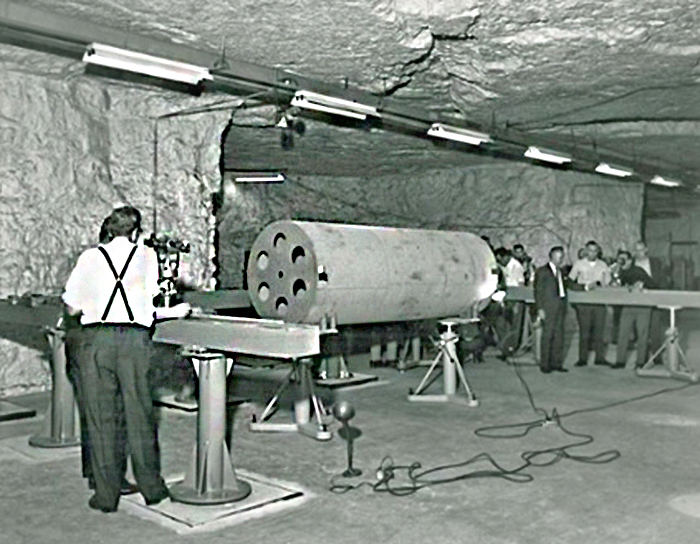
The Brunson Instrument Company’s test room. Source: blog.brunson.us
Underground factories in Japan
The underground factory which produced the aircraft engines in Japan for the WWII is well-known. It was built in 30s of the XX century. At present, there is only the abandoned shaft. But in 1941, Japan had 575 airplanes, it was twice more than the USA and The United Kingdom’s combined.
At that time the Japanese military forces successfully captured many prisoners of war and enlarged the production by organizing the construction of the additional tunnels in the volcanic tuff. The prisoners constructed the underground facilities for different purposes until the end of the WWII.
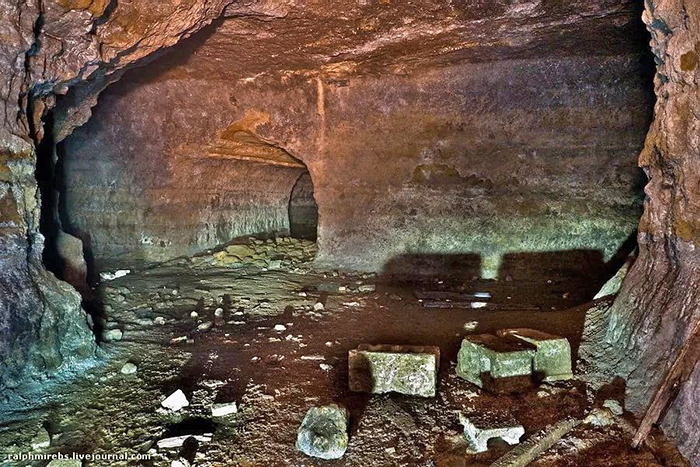
Underground plant in Japan. Source: abroadmag.ru
Now Japan is among 20 countries using the large amount of energy from their hydroelectric power plants, the majority of the plants have the underground parts. In total, there are 4,700 km of power engineering tunnels.
After the WWII, the followed Cold War facilitated the growth of the underground military construction in the USA and the USSR. The evidence can be found in many memoirs of the authorities of that time.
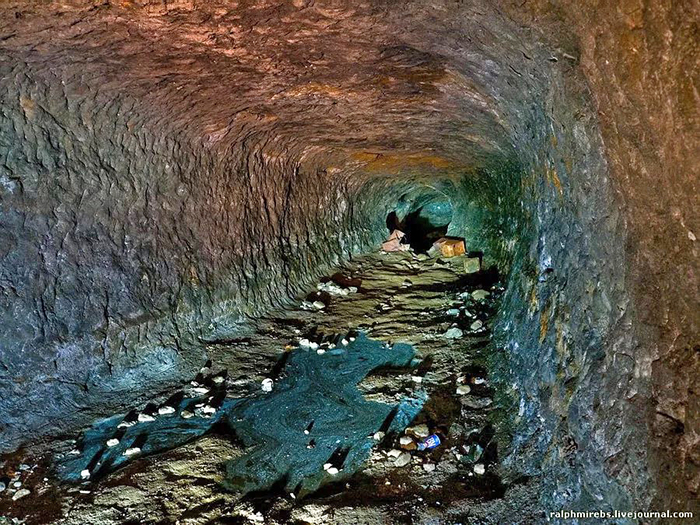
Underground plant in Japan. Source: abroadmag.ru
Thereupon, the underground construction is associated with the mining, secret military bases and production, first thing. But using of the underground space for the social, trade and cultural purposes must not be forgotten. The listed projects are being implemented successfully in the most advanced cities all over the world – Amsterdam, Tokyo, Seoul, Oslo and Montreal.
Additional articles
Select an article of interest:
Mongolia designs new railway “Bohdan”
March 1, 2022
The construction of largest hydraulic tunnel has begun in Qatar
February 28, 2022
JSC "VO "Mashinoimport" supplied escalators for the Novosibirsk metro
December 22, 2021
Russian city Samara plans to build a metro
December 17, 2021
Tell us about our article to your friends,
sharing a link in a social network















Comments (0)
I hereby confirm that I am familiar with the privacy policy of
and agree to the processing of personal data. Read more